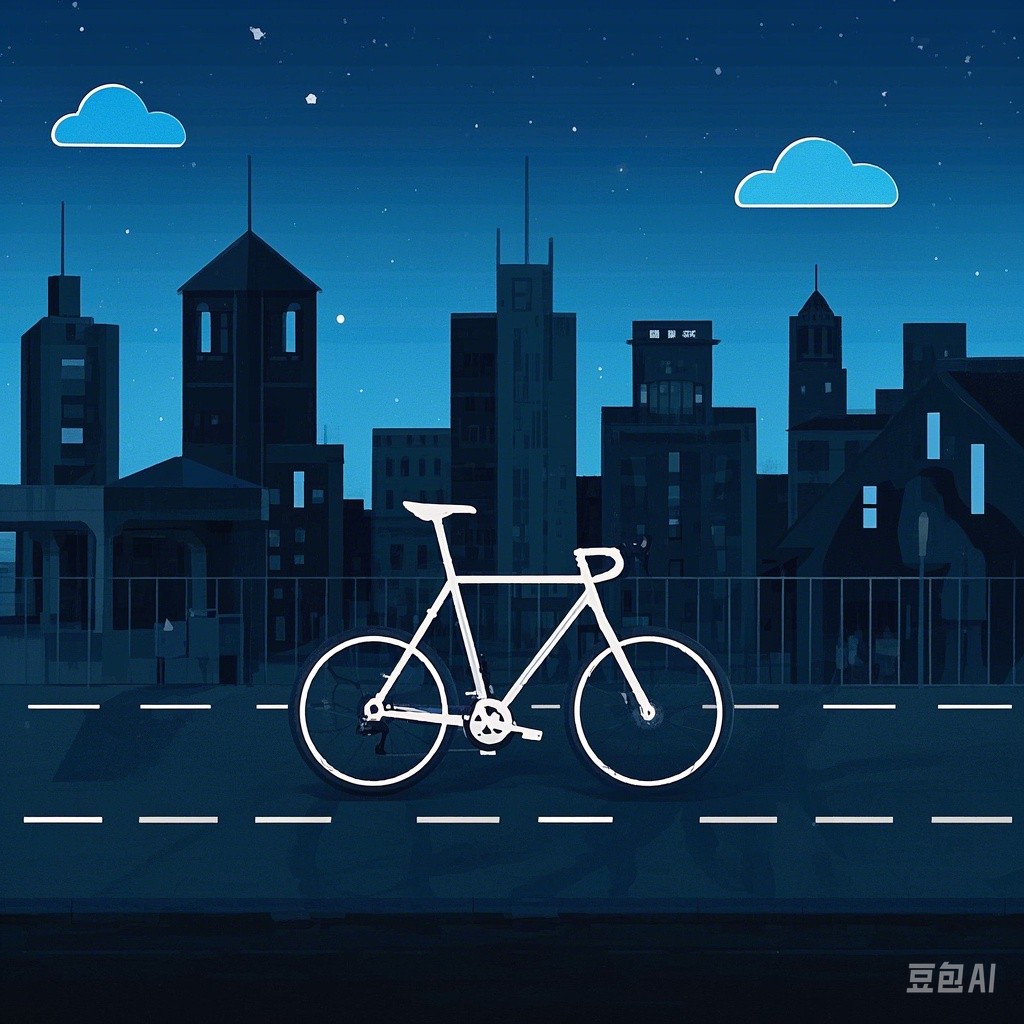Urban cycling has gained immense popularity as a sustainable and efficient mode of transportation. With the rise of cycling in cities, many cyclists are turning to GPS technology to enhance their navigation experience. However, the question arises: Is GPS essential for urban cycling? This article delves into the role of GPS in urban cycling, its benefits, limitations, and alternative navigation methods.
Introduction to GPS in Urban Cycling
GPS, or Global Positioning System, is a satellite-based navigation system that provides location and time information to users anywhere on Earth. In urban cycling, GPS devices or smartphone apps utilize GPS signals to track the cyclist’s location, speed, and route.
Benefits of Using GPS for Urban Cycling
1. Route Planning
GPS devices and apps offer a convenient way to plan routes. Cyclists can input their destination and receive turn-by-turn directions, ensuring they reach their destination efficiently. Many apps also provide alternative routes based on factors like traffic, elevation, and preferred cycling paths.
2. Real-Time Navigation
GPS allows cyclists to navigate in real-time, providing up-to-date information on their location, distance to the destination, and estimated time of arrival. This feature is particularly useful in urban environments where traffic patterns and road closures can impact the journey.
3. Safety
GPS devices and apps can offer safety features such as tracking, which allows friends or family members to monitor the cyclist’s location. Some apps also provide emergency alerts and provide information on nearby hospitals and police stations.
4. Data Collection and Analysis
GPS devices and apps can track various metrics, such as distance traveled, speed, and elevation gain. This data can be used to analyze performance, set goals, and improve fitness levels.
Limitations of GPS in Urban Cycling
1. Accuracy Issues
GPS technology is not always 100% accurate, especially in urban environments with tall buildings and dense foliage. This can lead to incorrect route guidance and disorientation for cyclists.
2. Dependence on Technology
Relying on GPS devices or smartphones for navigation can be risky, especially if the device runs out of battery or malfunctions. Cyclists should always have a backup plan, such as carrying a physical map or knowing the general area they are in.
3. Cost
GPS devices and apps can be expensive, which may be a barrier for some cyclists. Additionally, some apps require a subscription to access all features.
Alternative Navigation Methods
1. Physical Maps
Physical maps are a reliable and cost-effective navigation tool. Cyclists can purchase detailed city maps or use topographic maps for longer rides. While they may not provide real-time information, they are useful for planning and understanding the general layout of the area.
2. Local Knowledge
Consulting with local cyclists or using cycling forums can provide valuable insights into the best routes and cycling-friendly areas. Local knowledge can be especially useful for navigating complex urban environments.
3. Smartphones
Smartphones can be used as a backup navigation tool, especially if the cyclist has downloaded offline maps or cycling-specific apps. This method is cost-effective and provides real-time information, but it is essential to have a charged battery and a reliable data connection.
Conclusion
While GPS technology offers numerous benefits for urban cycling, it is not an essential tool. Cyclists should consider the limitations of GPS and explore alternative navigation methods to ensure a safe and enjoyable ride. Ultimately, the best approach is to combine GPS with other navigation tools and local knowledge to enhance the urban cycling experience.
